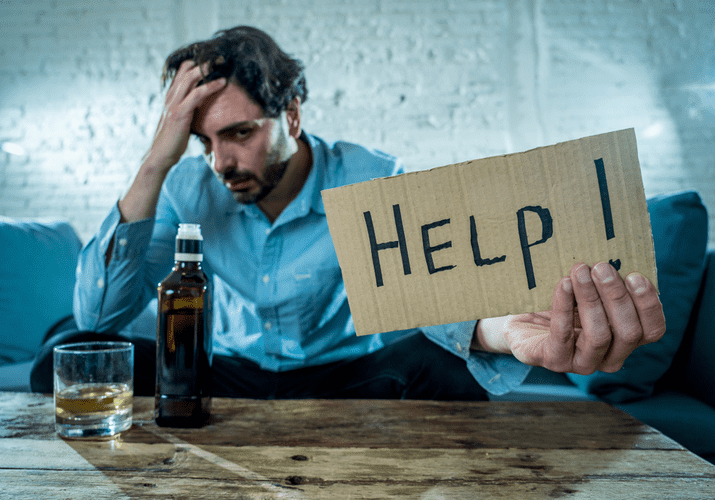Flunitrazepam https://pullmedia.co.nz/2023/01/19/celebrating-sobriety-commemorating-a-sober-date/ belongs to a group of drugs called benzodiazepines. It is chemically similar to prescription sedatives, but flunitrazepam is not FDA-approved for medical use in the United States. Outside the United States, flunitrazepam is prescribed to treat insomnia.
An overdose can be reversed if overdose reversal medications, including naloxone (sometimes sold as Narcan®) are given quickly. Research shows an association between drug prescription drug abuse use and traffic accident deaths, lost productivity and poorer academic performance. Preventing drug use before it begins is a cost-effective and common-sense approach that can save lives, cut costs related to healthcare and criminal justice, and promote safe, healthy communities. Learn more about the prescription drug abuse epidemic from the Centers for Disease Control and Prevention. These drugs have a relatively low potential for dependence and abuse. Most Schedule IV drugs are prescription medications, some of which have been banned by the Food and Drug Administration.

There are behavioral treatments for substance use disorders, such as cognitive behavioral therapy and contingency management. There are currently no FDA-approved medications to treat methamphetamine or other stimulant use disorders. There are currently no FDA-approved alcoholism symptoms medications to treat MDMA-related substance use disorders. There are currently no FDA-approved medications to treat a loperamide-related substance use disorder. There are currently no FDA-approved medications to treat ketamine use disorder.

Though these medications serve legitimate medical purposes, their misuse can lead to life-threatening consequences and long-term addiction. Addressing the issue requires a multi-pronged approach that includes education, prevention, effective treatment, and ongoing support. By recognizing the signs of abuse, reducing stigma, and promoting compassionate care, we can empower more people to seek help and begin the journey to recovery. With the right treatment, support, and commitment, healing from prescription drug abuse is not only possible—it is entirely achievable.
Public health experts emphasize the importance of secure medication storage, widespread availability of evidence-based treatments, and the continued expansion of social support networks. By working collectively – families, healthcare providers, policymakers, and community organizations – the country can build on gains made over the past decade and further combat prescription drug abuse in all its forms. Prescription drugs can be obtained legally and are almost universally present in households, and thus are different in meaningful ways relative to both access and perceptions of risk than drugs only obtained illegally. Accordingly, there appear to be meaningful differences between prescription and illicit drugs of the same class. College students are more likely to abuse stimulants than college-age young adults who are not enrolled in higher education, which is not consistent with other stimulants, such as cocaine (Johnston, O’Malley, Backman, & Schulenberg, 2013).